The Product
In 2017, I started investigating a series of “out of the box” ways in which we can improve the overall experience of interacting with our devices.
One of the projects where I led the UX strategy process from concept to completion with the help of a small team of two; one amazing researcher (Vinatha Prakash) and one incredible developer (Ken Chan) was DaVici Symbol.
A control system with an innovative interface that will recognise hand-written inputs and transform them into outputs. The system eliminates the need of conventional elements, features and interactions like icons, buttons, sliding, scrolling or use of different languages.
It's like writing or drawing on a black board what would you like the system to do.
The Challenge
We initiated this innovative project when the company wanted to make a shift and reach different target groups from the traditional ones for their automated Smart Home residential control systems. One of the main newly targeted segments was the early adopters.
Our offering on the market at the time was far from the new desired customer base. From the very start of our Discovery process, three main challenges emerged: First, the hardware needed to be integrated and concealed. A chunk of awkward plastic on the wall was not working anymore. Second, the interface and interaction needed to be simplified. Third, the users wanted to control more than just temperature.
Our Approach
The DaVinci Symbol needed to control a series of home appliances through a unique and universal language of symbols, colors, and numbers. The user hand-draws symbols or handwrites numbers on the screen of what can be a family picture or any other framed image.
Then, the input is picked up by the handwriting algorithm and instantly converted into output. The symbols had to be easy to remember and draw, using the Western-Arabic numeral system, which is the most common symbolic representation of numbers in the world today.
To say we were in uncharted territories was an understatement.
We started by figuring out a very complex network of task flows, plugged with variables that needed solving. The system had to be smart, quickly predict the input, and come up immediately with confirmation of the output.
Once we build a working prototype, Usability testing was conducted to determine degree of recognisability, perception and comfort level of the users when interacting with this type of interfaces.
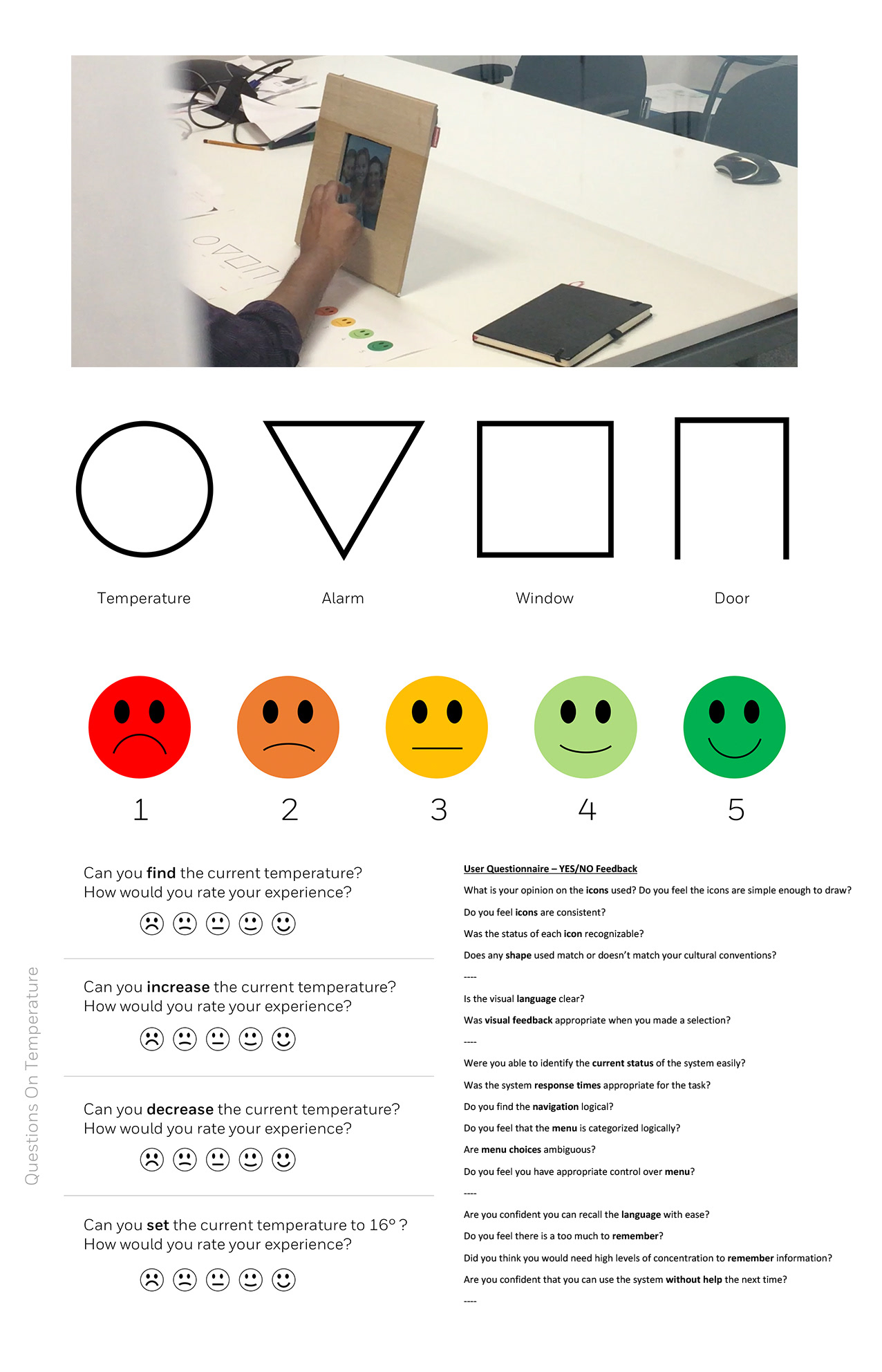
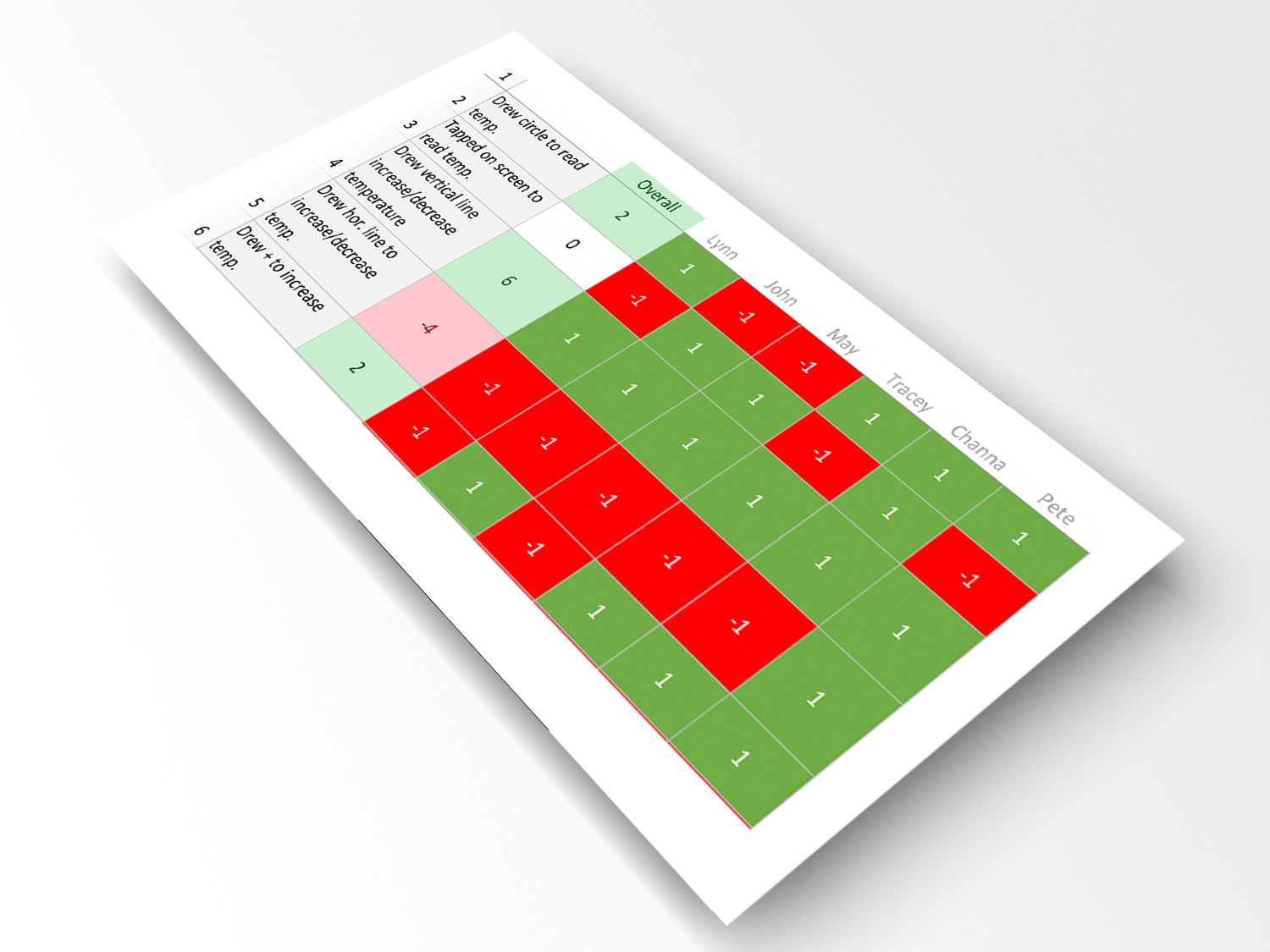

Our Solution
The outcome materialized as a seamless and elegant photo frame that possesses remarkable capabilities.
⦿ Dynamically adjusts temperature in real time by recognizing handwritten input and removes any unnecessary steps, obstacles or complexity in technology usage.
⦿ Eliminates language barriers.
⦿ When inactive blends with the interior and gracefully displays digital pictures.
⦿ Effectively gets rid of wall installation process and associate wall damage.
⦿ Furthermore, it unlocks exciting possibilities for future expansion into a Smart Home Hub, while also creating an opportunity for up-selling various frames.
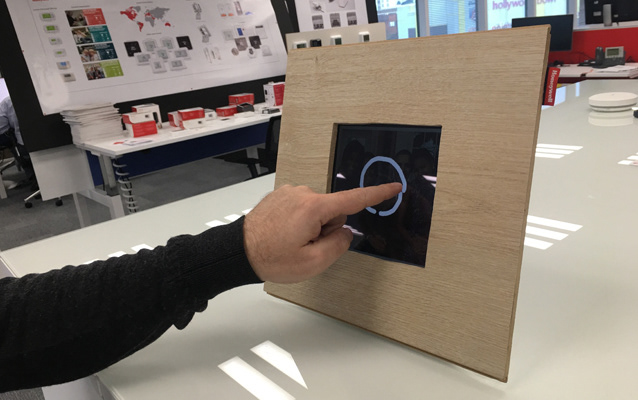
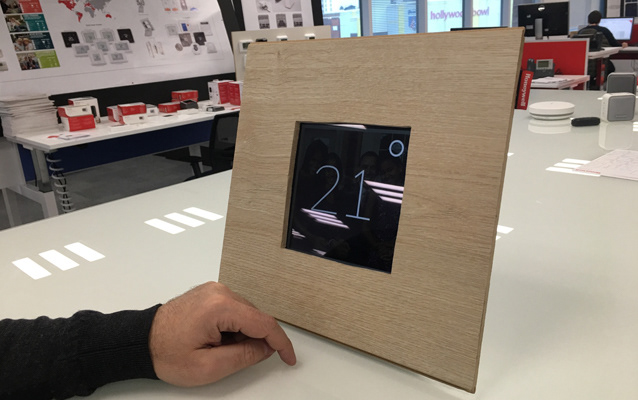
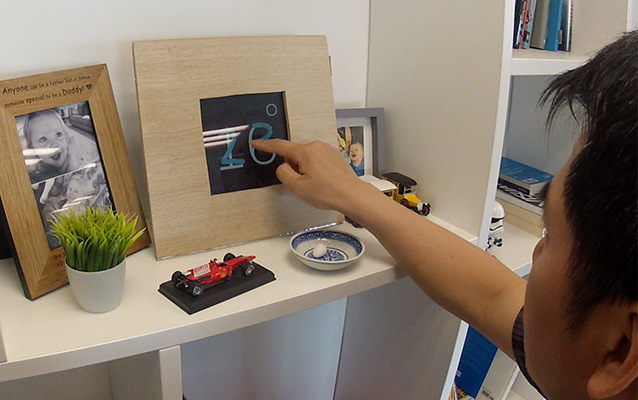
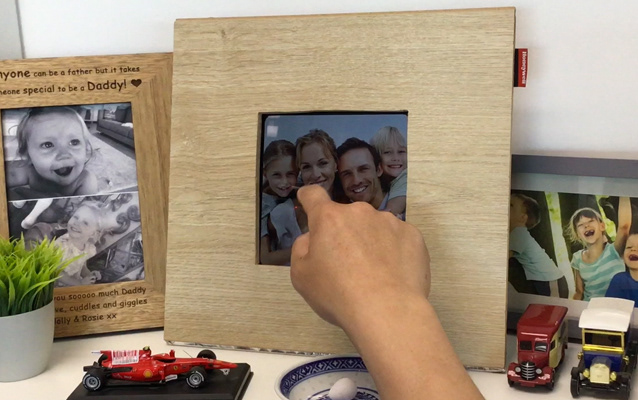
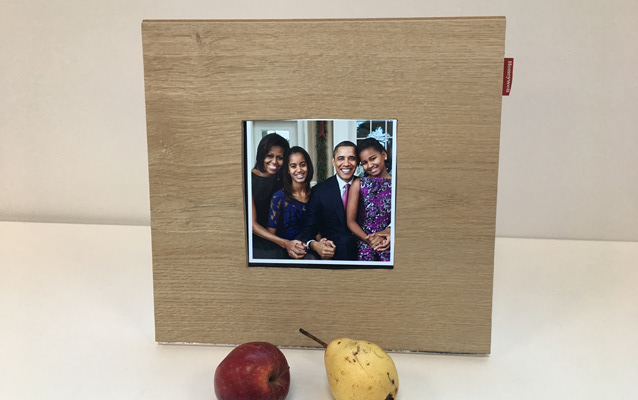
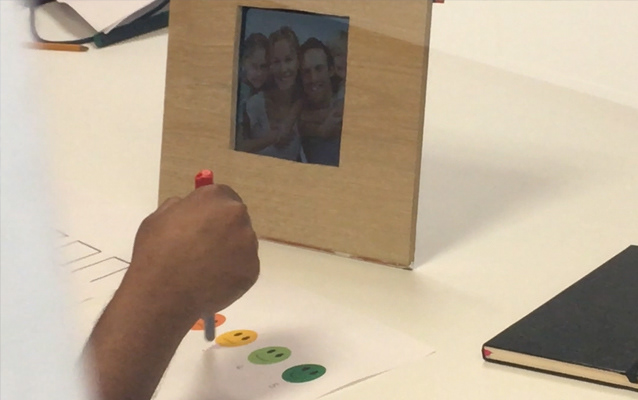

The Da Vinci Symbol UX Strategy poster
See other projects
